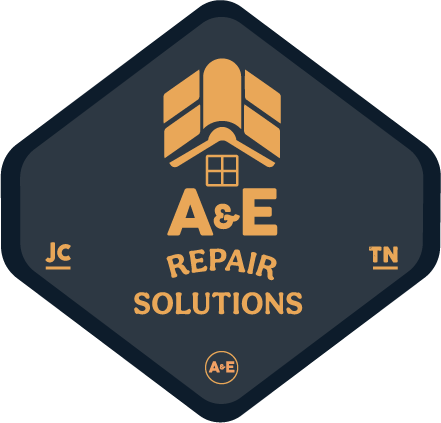
Commercial Roofing
When it comes to residential or commercial roofing, the jury can be split. Some people think; hey, a roof is a roof, can you fix it or not? Others may know there are some difference but may not be aware as to what those differences are exactly, so let’s clarify somethings for you.
Commercial roofs are mostly common among big box stores, business, warehouses, and shopping centers. Another major difference between commercial roofs and residential roofs is the slope of the roof, which can be determined by the size of the building. Commercial roofs tend to be completely flat on top or have a low slope that can’t be seen from the ground. They also tend to be larger than residential roofs and they require special consideration for the weight of the mechanical equipment located on top them. So they involve a lot of building around smoke stacks, external piping and air flow systems.

Now, even though commercial and residential roofs may sometimes differ in design, cost, and quality, there are one or two things that make them similar. For example, sometimes both properties will utilize the same materials, but differ in scale. So here are a few of the most common used materials, and why.
Here are a few of the most common used materials, and why.
Metal Roofing
Metal roofing is pretty popular in commercial roofing, because the options are versatile and there are many different kinds to make use of. Some examples are Corrugated galvanized steel, Stainless steel, Copper, and so on. There are also protective layers used to counter exposure to the sun other environmental elements. It helps that they’re fire resistant and durable, so just a few reason why it maybe a great choice for you.
Built-Up Roofing
Built-up roofing, also known as “BUR” it’s basically a tar-and-gravel roof, built with multiple layers. This is more of a versatile roofing system, as it allows you to control the number of layers used in order to manage cost. It also helps with meeting specific durability needs. Even though it is a really old low-slope system, it is tried and true, and made to last.
Modified Bitumen
The modified bitumen system is a good alternative for built-up roofing. It is a hybrid material, combing asphalt, plastic or polymerized rubber; it is then reinforced with fiberglass. What you get is a strong, yet flexible roofing material that gives your building multiple layers of protection. It is also waterproof, energy efficient, and it has a life expectancy of 20 years or more, long as its properly maintained.
Green Roofing
A green roof system is an interesting one, it can also be tricky. It is an extension of an already existing roof and its yet another system that involves multiple layers in order to work. For one, there needs to be plants, a filter cloth, drainage system, a lightweight growing medium and more. Even though there are a lot of steps, this option does present a sustainable for commercial businesses and properties. There is much more to expand on when it comes to green roofs, but this should serve as a good introduction to the subject.

Now these are just a few of the systems used in commercial properties, there are a lot more. Its no reason to feel overwhelmed though If you hire a good contractor then there should be no issue with them learning your needs, and suggest the right products that fit that mole, while explaining to you why that’s the case.
At A&E, we mainly tackle shingles and metal, for commercial. For someone looking to explore more options like the ones mentioned above, or further options, then there are contractors that definitely master in those fields.





